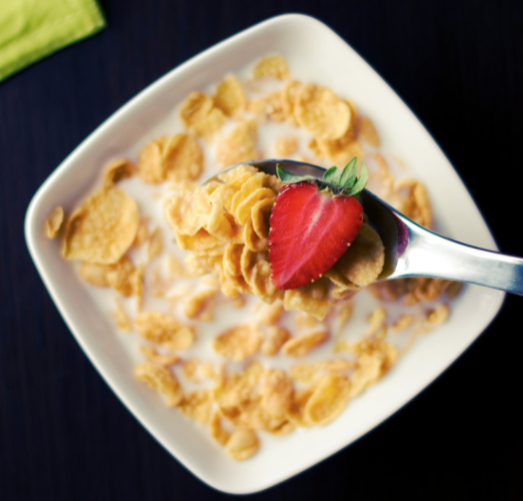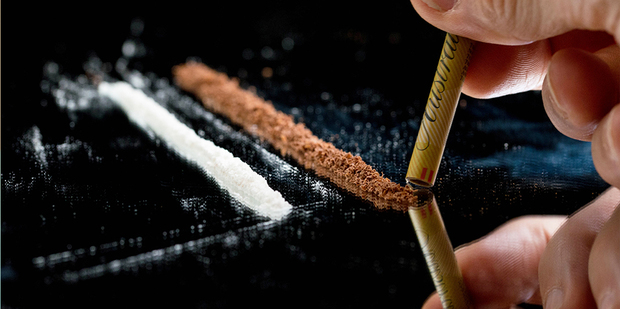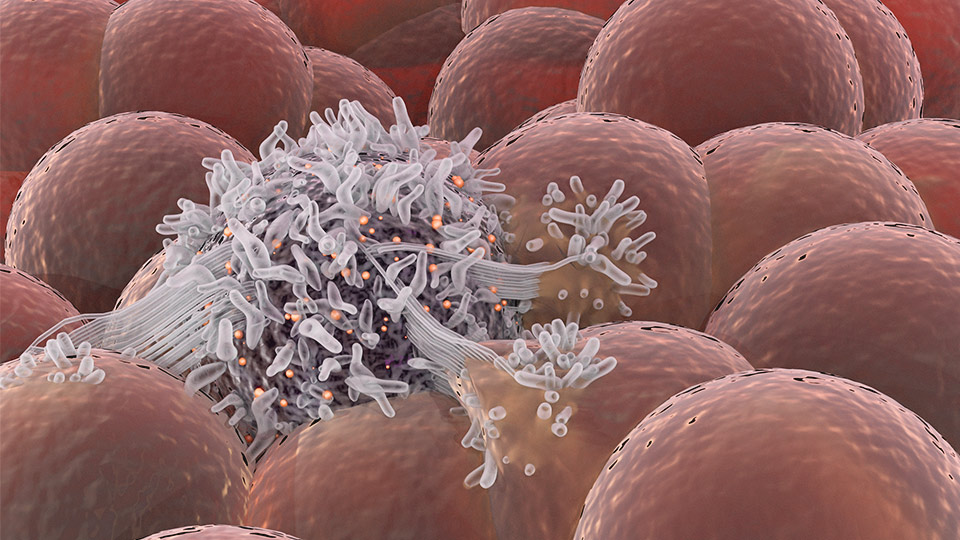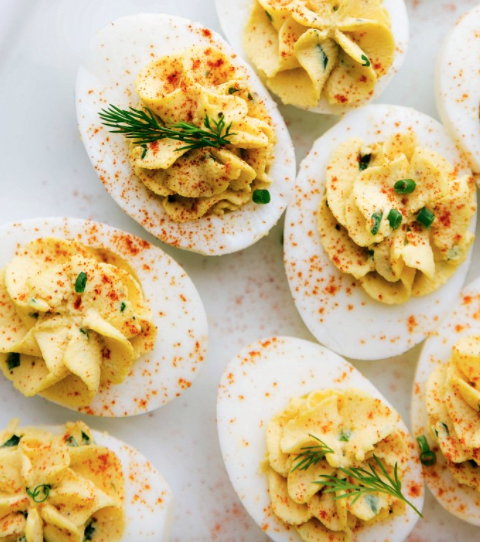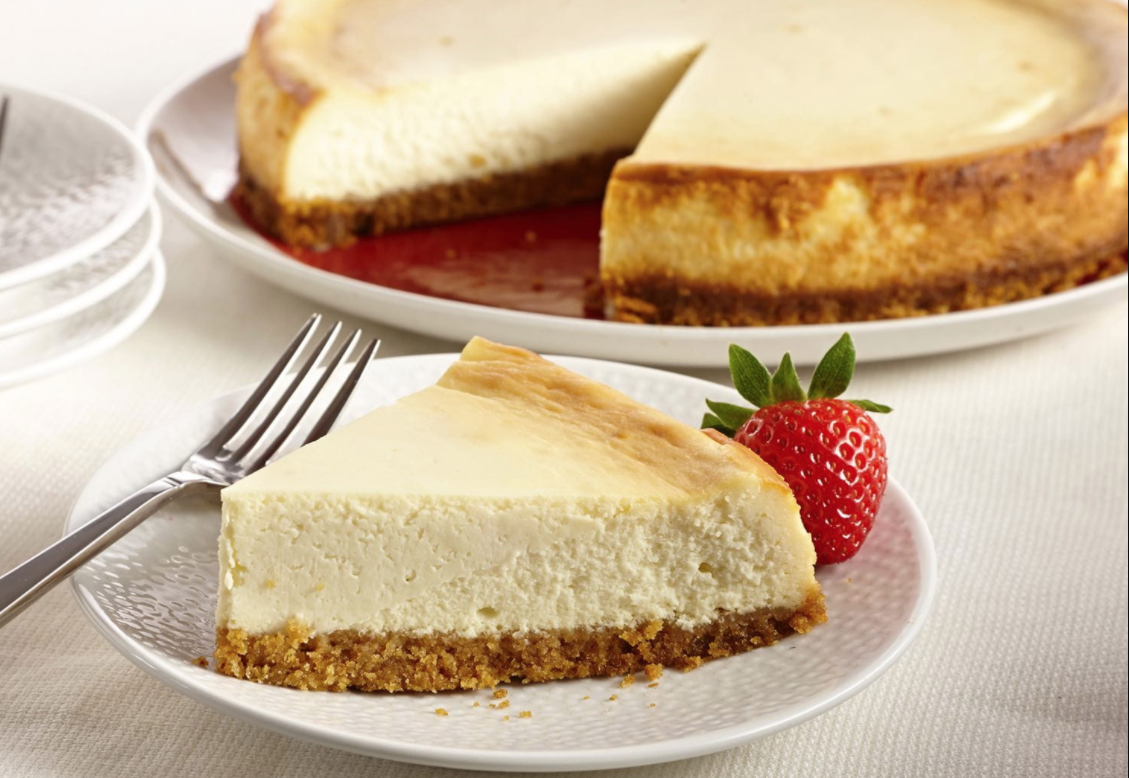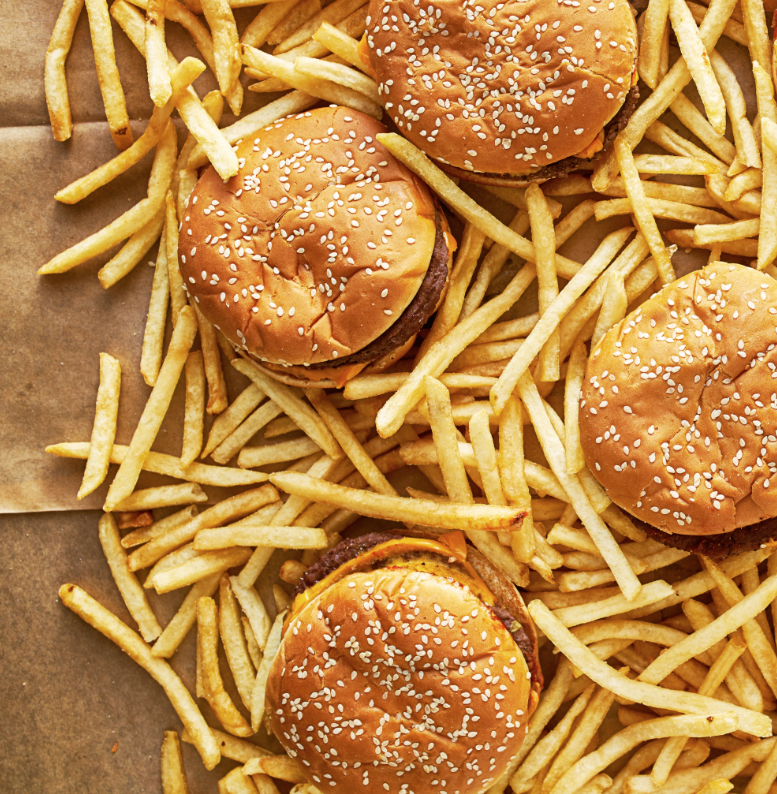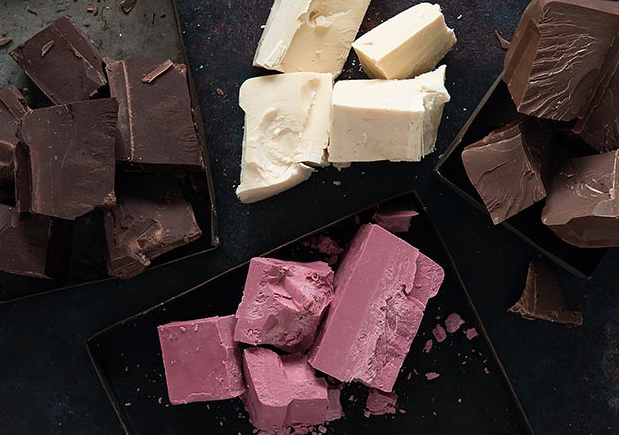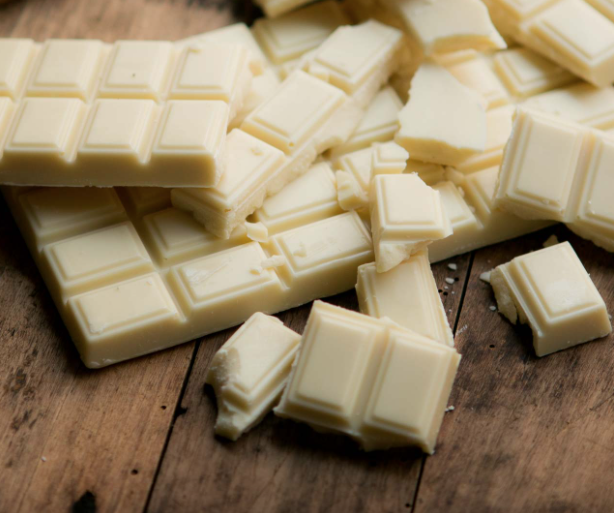By: Heidi Wagenbach
Cereal is great and I love it.
Most of the time, I eat it for breakfast with a separate glass of milk because I prefer my cereal dry (soggy cereal is a disgusting mess, am I right?). I select the so-called “healthier” options, and leave the sugary ones like Cinnamon Toast Crunch for an occasional after-dinner dessert/snack.
But I started to wonder if cereal even qualifies as a good option for the crucial morning meal, seeing that every time I go to work with a belly full of flakes and granola, I’m really hungry before lunch. Peanut butter or eggs stick with me for a longer period of time, but I’m finding an unwillingness to work hard early in the morning when I have the luxury of just pouring from a box and crunching away. So let’s dig deeper into what cereal has to offer… or lacks.
Behind The Bran
There are five major steps to how cereal is made, the first being that the selected grains are processed into a fine flour and cooked. Mixing is second, where ingredients like sugar, cocoa, water, etc. are added. Extrusion is third on the list, which is a high temperature process that uses a machine to craft cereal. The cereal is then dried and transformed into whatever magical shapes the producer wants whether that be squares, spheres, or stars.
So What Are The Health Risks Of Cereal?
Added sugar is the biggest culprit. Processed foods, which include cereals, have a high amount of unnatural sugar; most brands list this ingredient as second or third on the nutrition label. This isn’t great for your body because your blood sugar spikes, and insulin levels increase. You will crave another high carb meal after digesting the cereal quickly, and risks creating a vicious cycle of overeating. The possibility of developing type 2 diabetes, heart disease, and cancer becomes very real if this process is repeated consecutively.
Misleading Marketing
Another aspect of this healthy vs. unhealthy debate is that cereal brands falsely advertise. Their products are stated to be healthy with key words like “low fat” and “whole grain” on the packaging. Cereals are most often consumed by children who find their mascots like Tony the Tiger and bright colors appealing, so the rate of childhood obesity and other diet-related diseases begin with what they eat for breakfast/what their parents provide. Greaaaat.
The AHA And Scientific Studies
On average, people consume twice as much cereal as the serving size. (Let’s be real: no one measures out their cereal, and when there’s a little milk left, they go back for seconds). Cereals don’t give you sufficient nutrition and energy that your body needs because of the excessive and unnecessary amount of carbs and sugar.
In a UCLA study, there were 54 overweight teens who were monitored after reducing the added sugar in their diet by 40g a day (equivalent to 1 can of soda). They showed a reduction in belly fat and an improvement of insulin function. Another experiment involved rats; those who regularly consumed a high-sugar diet had changes in the levels of oxytocin (the hormone responsible for satiety), thus their mental health began to decline.
Here’s a simple formula to help you understand better: more processed sugar = more chronically unsatisfied we become = more we eat.
The American Heart Association (AHA) recommends that the daily intake of added sugars should be limited to 25g for women; 36g for men. Most cereals have a generous amount of sugar that equates to half or more of your daily recommended amount.
Just take a look at the next section.
Popular Cereal Nutritional Facts
Raisin Bran Two Scoops
1 cup: 190 calories, 1g fat, 210mg sodium, 46g carbs, 7g fiber, 18g sugar, 5g protein
Corn Pops
1 cup: 120 calories, 0g fat, 105mg sodium, 27g carbs, 3g fiber, 9g sugar, 1g protein
Corn Pops also contain hydrogenated oils and annatto, a natural colorant found in processed cheese products; a study found that it caused allergic reactions.
Reese’s Puffs
1 cup: 160 calories, 4g fat, 215mg sodium, 29g carbs, 1g fiber, 13g sugar, 2g protein
Reese’s Puffs have food coloring (Yellow 5 and 6), which can lead to ADD in youngsters.
Cinnamon Toast Crunch
1 cup: 170 calories, 4g fat, 240mg sodium, 33g carbs, 2.5g fiber, 12g sugar, 1.5g protein
CTC contains 13 vitamins and minerals, BUT also has BHT, a preservative that “is still highly controversial and limited research exists on whether it is harmful to the body or carcinogenic.”
Golden Grahams
1 cup: 160 calories, 1.5g fat, 320mg sodium (21% of your DV), 36g carbs, 2g fiber, 13g sugar, 2g protein
Fruity Pebbles
1 cup: 147 calories, 1.5g fat, 190mg sodium, 31g carbs, 0g fiber, 12g sugar, 1.5g protein
Fruity Pebbles have hydrogenated vegetable oil, artificial dyes, and preservative BHA. (You’re basically eating a bowl of empty calories with some yummy additives).
Frosted Flakes
1 cup: 147 calories, 0g fat, 200mg sodium, 35g carbs, 1g fiber, 13g sugar, 1.5g protein
(I know, surprising… no fat. But with all that sugar, that benefit is rendered useless).
Lucky Charms
1 cup: 147 calories, 1.5g fat, 227mg sodium, 29g carbs, 2.7g fiber, 13g sugar, 2.7g protein
Despite whole grains being the first ingredient, Lucky Charms include marshmallows aka sugar, plus corn starch, corn syrup, dextrose, gelatin, food dyes, and artificial flavor.
Cocoa Puffs
1 cup: 133 calories, 2g fat, 200mg sodium, 31g carbs, 2.7g fiber, 13g sugar, 2g protein
Captain Crunch’s Crunch Berries
1 cup: 147 calories, 2g fat, 253mg sodium, 29g carbs, 1.5g fiber, 15g sugar, 1.5g protein
Apple Jacks
1 cup: 110 calories, 1g fat, 135mg sodium, 25g carbs, <1g fiber, 12g sugar, 1g protein
Apple Jacks’ first ingredient is sugar, plus hydrogenated oil, BHT, and color/flavor additives.

A visual representation of sugar vs. cereal in popular brands. Do you see your favorite? If not, maybe that’s a good thing!
How To Be Healthier About Your Breakfast
Limiting sugar in your chosen cereal is obvious, but you can look for high fiber (which will keep you fuller longer). Pay attention to portions, read the ingredients list, and opt for high protein or simply remove ready-to-eat breakfast cereals from your diet. If you absolutely cannot fathom doing so (like me), reduce weekly cereal consumption and watch the serving size. Choose unprocessed breakfasts the majority of the time (like oatmeal, homemade granola, yogurt, or eggs). These foods are high in protein, healthy fats, nutrients, and will boost weight loss. You will feel fuller and possibly lose up to 65% more weight.
Conclusion
Okay, here’s my opinion: don’t eat cereal every day; if you exercise and top it off with fruits/nuts/milk, you have nothing to worry about. I honestly believe that there are worse breakfast foods for you out there (PopTarts, for instance). Cereal, if you choose the right brand, has good nutrition and protein that will help tackle your day. Don’t be a kid and go for the brightly colored stuff, and if you have kids yourself, encourage them to eat wholesome foods as well. By cooking for them and then eventually teaching them how to prepare their own meals, they’ll be more self-sufficient later on. I’m that weirdo who liked brussel sprouts and meatloaf when I was younger so I guess I’m already well adapted to choosing healthier foods, even if I splurge occasionally to curb my sweet tooth.
Sources:
Breakfast Cereals: Healthy or Unhealthy
I Stopped Eating Cereal and Here’s Why…
The 28 Worst Breakfast Cereals – Ranked!
Feel free to leave a comment with your own thoughts or questions!

